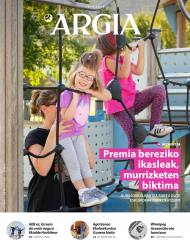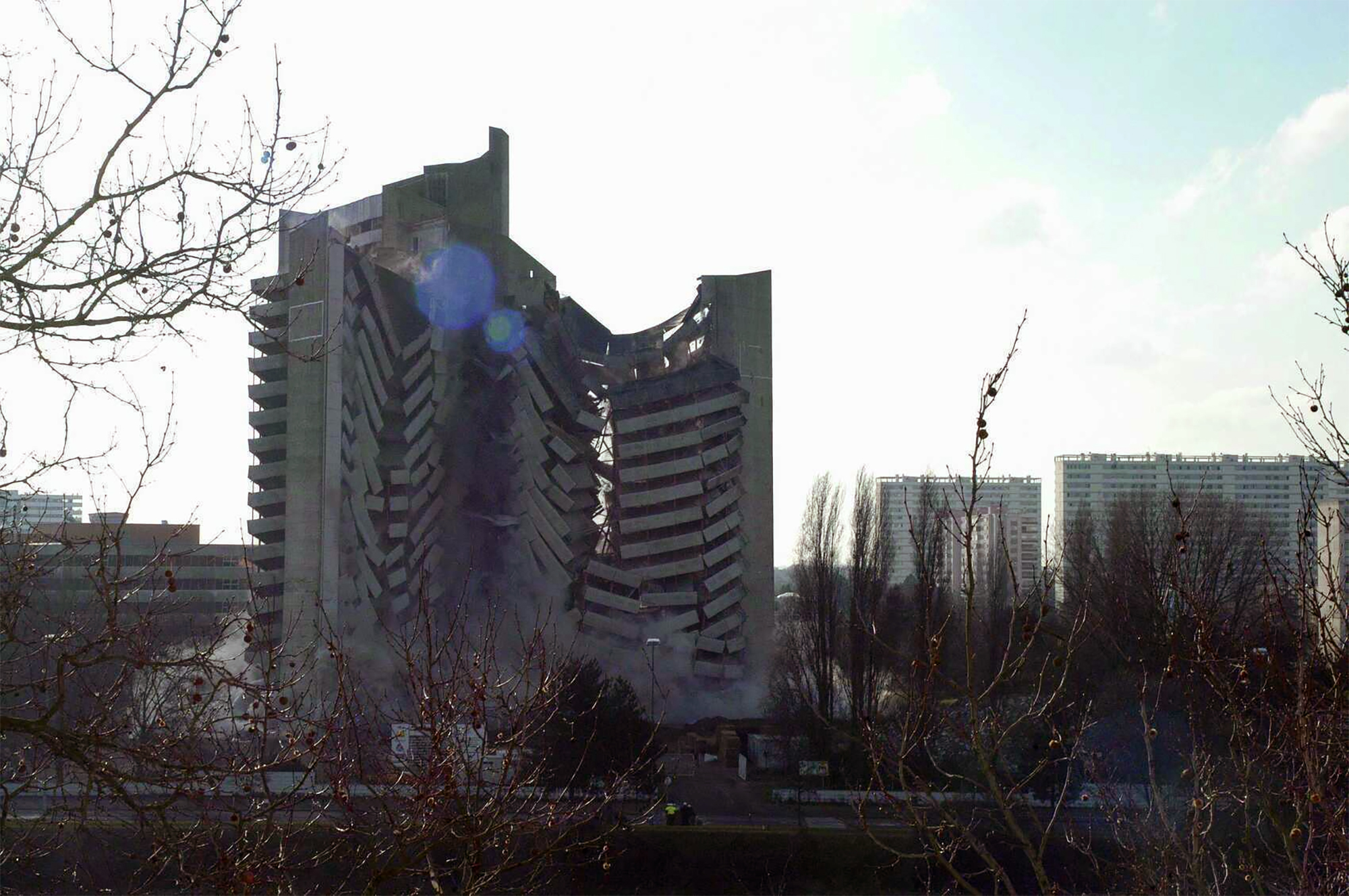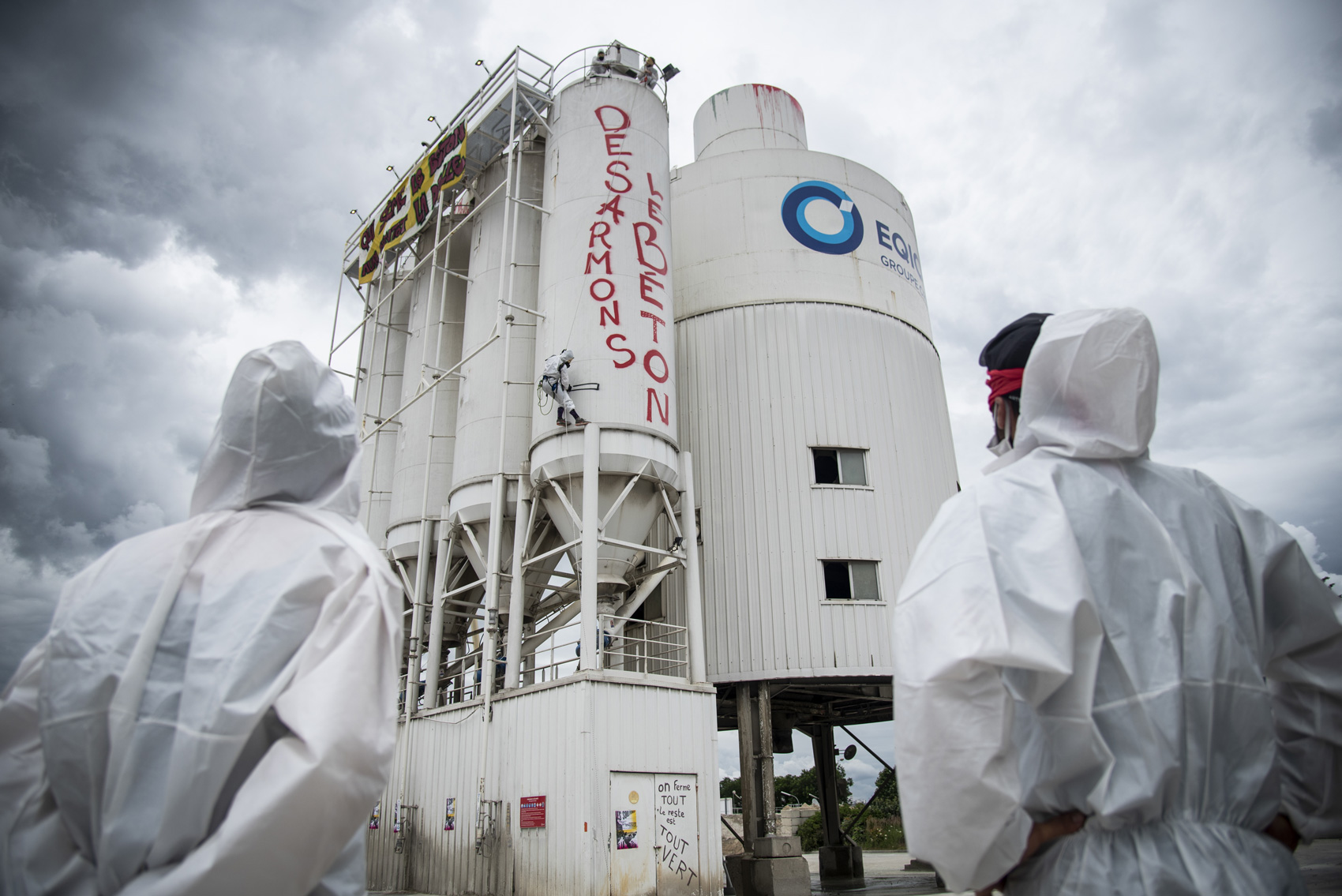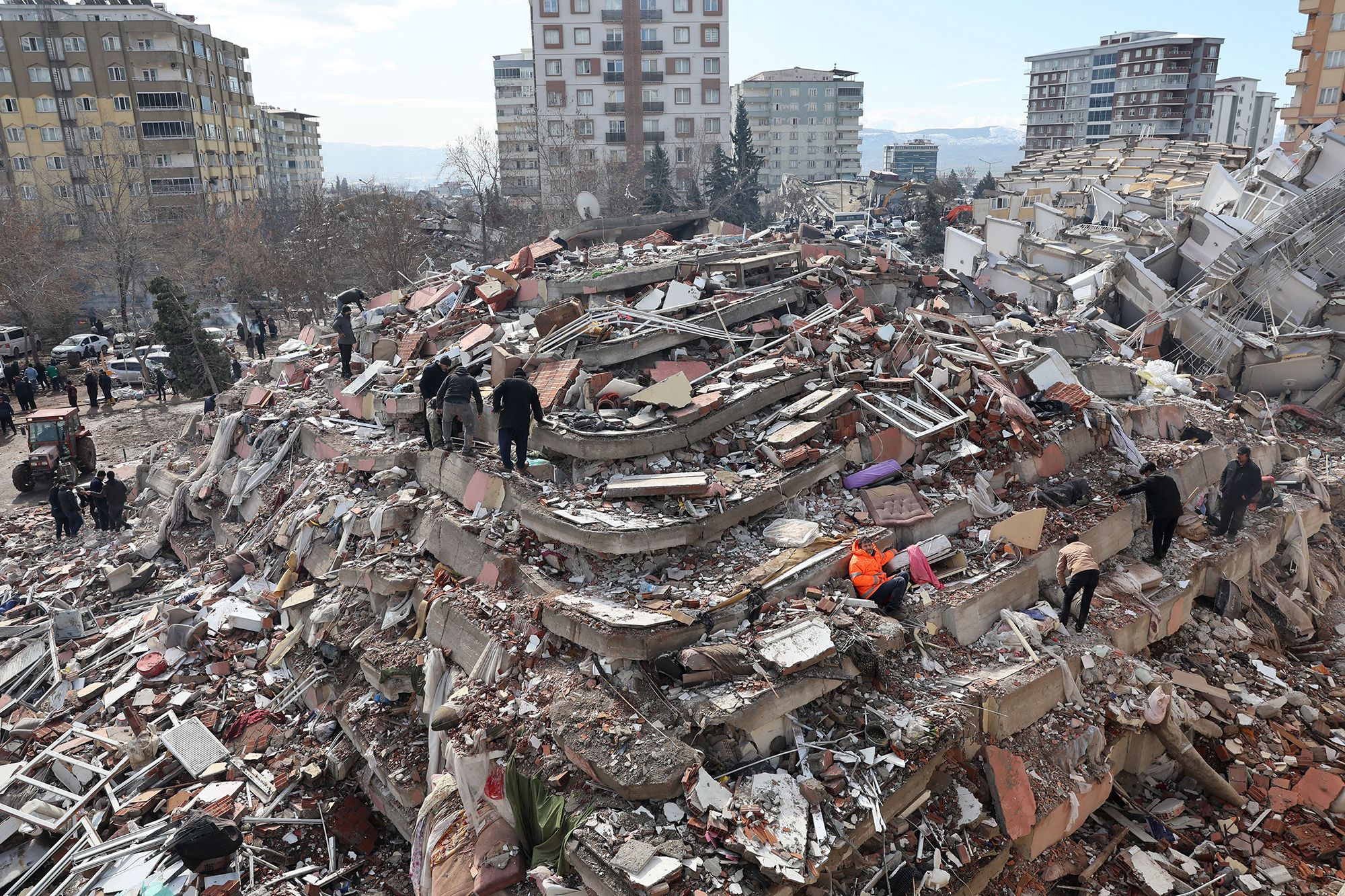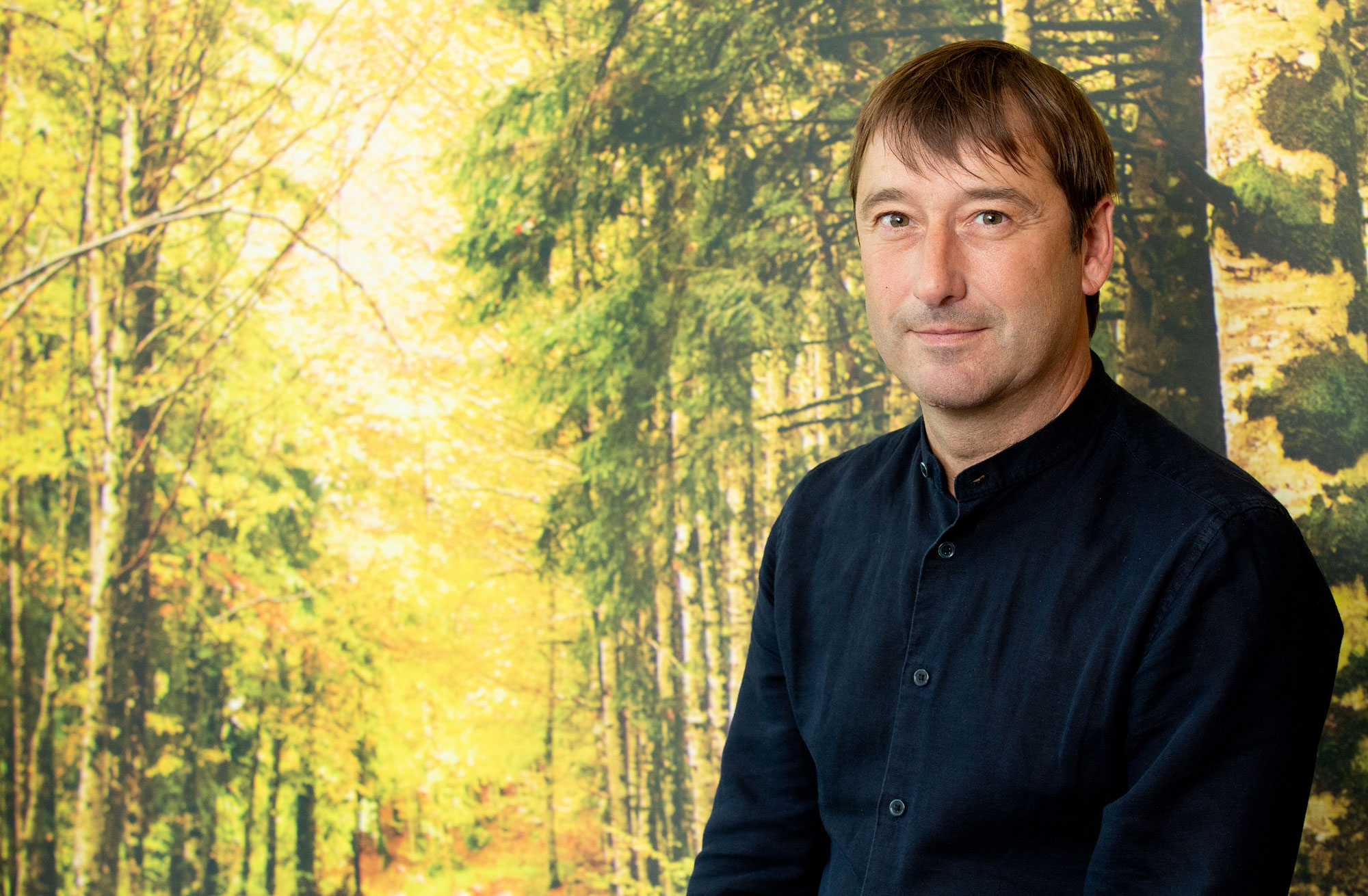"We're building increasingly hermetic houses, even full of toxic substances."
- Despite not opening the doors, about 1,000 people have already passed through the Agotzenea Interpretation Centre, located on the road between Zubiri and Lerannoz. Two young entrepreneurs from Steribar, Ander Magallon and Urtzi Arrieta, are the creators of the project.
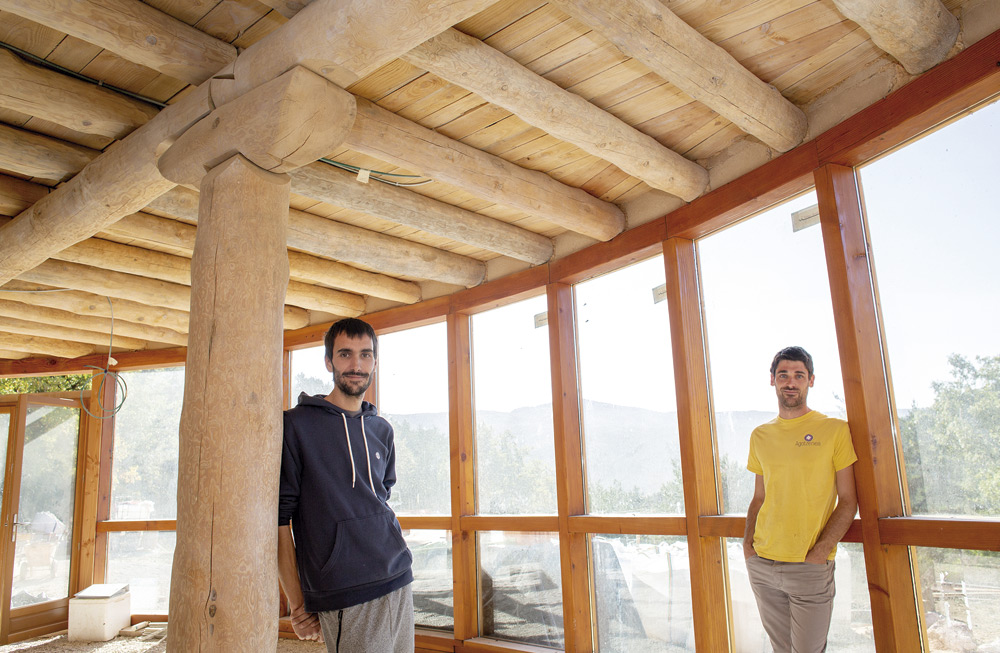
What is Agotzenea?
An eco-construction space, to show the public that although bioconstruction is old, it is also suitable for current needs, and is more beneficial for our health and the environment than conventional construction. This space is made of straw, wood and other natural materials, and from the very beginning people are participating in its construction. It's a kind of giant auzolan.
How did you come to this?
Urtzi Arrieta Puñal (right photo): I'm from Zubiri. I entered the world of architecture after finishing my studies. I studied Sociocultural Animation and Social Integration at the School of Educators of Pamplona. My intention was to combine education with concern for the environment and, moreover, to live in the people. As we moved forward in the process, we became increasingly clear what things had to be shown. Goodbye wants to be a learning center for people to see how things can be done. We are not the only model, of course, there are millions in the world, but we want to show that comprehensive management of this kind makes sense here and now.
Ander Magallon Lusarreta (left photo): I grew up in Villava, but my family is from Steribar. I studied Development of Mechanical Projects in Arrasate and since the age of 17 I have always worked in construction. I've been working on different associations and movements for a long time, and I think it's the best way to combine work with my philosophy. Urtzi and I started with an ecological garden, because we thought it was the most revolutionary thing we could do at the time, and gradually we got into this mess. Learning, reflecting and making mistakes, we're putting all of this into action.
We think it is very important that young people live in the countryside and that there are more and more opportunities. We want people to know our example and see that many things can be done here through different initiatives.

How did the project come about?
Six years ago, we started developing the first ideas. The initial process has been a long one. After meetings with architects, we have often had to go outside to seek training, because here you can't do that. We have also had to learn laws, regulations, administrative procedures… to get here. We started building a year and a half ago. The present Agotzene has little to do with what we imagined six years ago. This is the way it has taken in the process and we do not know how far it will lead us, but we are very happy.
We have done everything step by step and on our own, since there are no studies anywhere that assume in such an integral way the management of bioconstruction projects.
How do you get funding?
We are a micro-operation and we have had a little help creating two jobs, but to get the project started we used our savings and we had to ask for a loan. We chose the Fiare ethical bank. This is very important, in our view, to give coherence to the process, and also to show people that such initiatives can be put in place without having to resort to conventional banks.
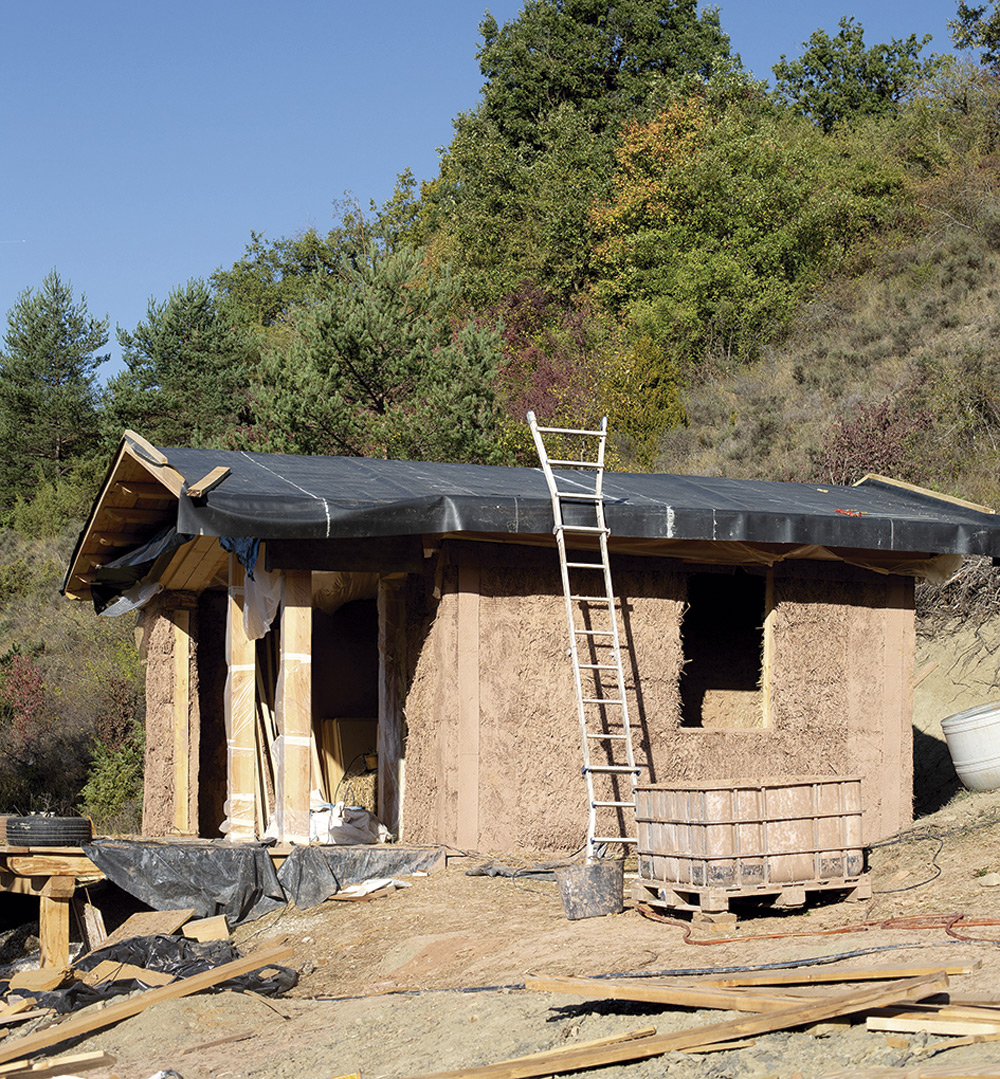
In the last year and a half we have conducted courses with the Working Network of the Government of Navarra and have received the support of the Mendialdea Rural Development Programme of Navarra, financed by the European EAFRD and the Government of Navarra and managed by Cederna-Garalur. At the moment, however, the project is not cost-effective. This phase begins, in theory, when we open the center and the rental houses.
What advantages does a house made of natural materials have?
Volatile organic content is small, toxic particles that damage our health. They often come in house building materials. We're building increasingly hermetic, toxic homes. We get poisoned more and more.
Are we turning houses into graves?
Partly yes. It is said that we are going to make the planet disappear, but we think it is not at all clear that we do not disappear before the earth. However, it is up to us to change or not. We came to give a more optimistic perspective. We look at other European countries: We are bringing positive experiences that are developing in places such as Germany, France, Austria or Belgium. They're real alternatives, and they're here, we're not dreaming.

And in Navarre, in the Basque Country, how are we going?
The state as a whole is lagging far behind other European countries. In the whole of Hego Euskal Herria and Catalonia, on the other hand, the situation is better. We are pioneers in the state. In the region of Pamplona, for example, in Berriozar and Noáin, we have public bio-buildings, and in Navarra there are more and more straw buildings, although many people do not realize it, because when they are finished they are not noticeable on the outside. We have a lot of professionals working on this, and we have to leverage it to create networks. That's what we're also working on in Agotzenea. We are in contact with the Hispanic Construction Network of Lastoz and several European associations to bring experiences that have gone well.
We still have a long way to go. One example: In Aquitaine, fourteen people work in the cluster that manages the construction of straw and in the entire Spanish state there is only one person, and in addition to half a day, to carry the whole network of Straw Construction.
But in Navarre, for example, a lot is being done in the promotion of Passivhaus houses, right?
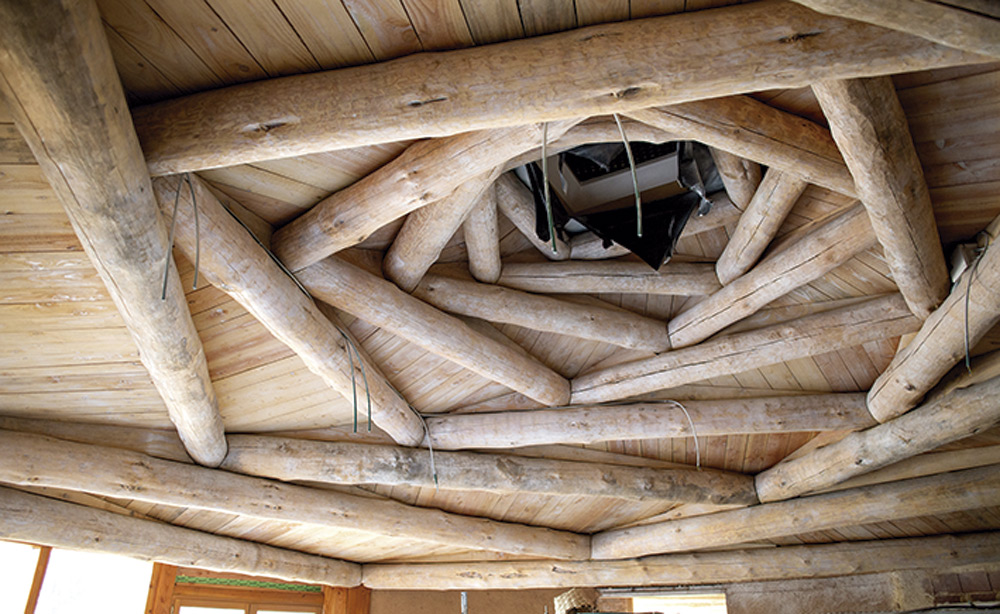
The Government of Navarra is looking at Passivhaus and the homes that consume almost zero, and it is the first to implement this model in public park homes. It's a step forward, but there's a big mistake: they're setting aside natural materials. Once again, airtight houses filled with toxic substances are being built. We also make consumption houses almost zero, but one step further, in tune with our health and the environment. The energy consumption needed for the generation of various materials should also be taken into account. Nowadays, the use of natural materials allows access to the same benefits. There's a lot of work to do there.
What material is straw in construction? How is it used?
We have known it for hundreds of years in far-form, but straw has always been used around the world to make houses, especially mixed with clay. Adobe is well-known and built over half the world with this system.
We have increasingly efficient systems for the use of straw in construction. We use zero kilometre straw from the County of Pamplona. We introduce it between wood, as it has very large isolation parameters, especially for heat and sound. This is mixed with natural mineral materials, lime and clay, to give structure toughness and regulate moisture. The houses provide great comfort and as soon as we enter, we notice that something is happening in our environment.
.jpg)
Straw is being used extensively in bioconstruction, is it also being used in conventional construction?
The conventional construction that we now know is between 100 and 150 years old, so we are not proposing anything new, are materials and techniques that have always been used and that adapt to current needs. It is a process that is being done little by little. In Agotzena, we want people to know what possibilities there are, what quality is achieved with this type of material. We are seeing the growing presence of natural materials.
The other challenge is to make these materials known in the restoration of houses. There are many homes and it would be best to adapt and reuse them without making so many new homes. It is very important that people know that the house made conventionally can be renovated with natural materials. It would greatly improve and considerably reduce toxic substances. They can also be carried out in the homes of the villages, uni-family and housing blocks. Bioconstruction, to be a real alternative, must provide solutions of this kind in all kinds of housing.
We now have more standardized, easier to use natural materials, and it's becoming more and more real to think about rehabilitation in cities with natural materials.
Will there be a chance to come as a tourist without taking any courses?
Yes, of course. We are building three houses with the intention of reaching more people. It will be open to all people who want to come to live according to nature in the spring of next year. We want to show everyone what it's like to live in a house of healthy materials, and as a company, we want to make it profitable.
Is it a kind of giant auzolan?
Yes. About a thousand unopened people have already passed through here. We have conducted training sessions, visits, talks… and we have always been in contact with the community to give everyone the opportunity to come, see us and participate in this project that we are carrying out here. A lot of people have been around here.
Guided tour of Agotzenea
Living room of the house
“It’s our most important space. An ideal place to work with groups in educational and training activities. It's a 90-square-meter room, no columns. To achieve this, the wooden ceiling structure is Hogan style. It's actually the system used by the Navajo Indians. We have adapted it, taking into account the aesthetic. The main advantage is that it doesn't need columns on a large surface. The wood gives softness and the space is very nice. It's our symbol.
In the main area, as in the three houses, the walls are different according to their location and function. Those looking north cling to the hillside. In it we have built solid clay thermo walls. Those looking south are straw and crystal. The straw makes a thermal insulation and the glass allows it to enter the sunlight. Thanks to the sun, the ground is heated with plaster and sand. The heat will gradually come off and warm up the entire room. It's called a passive strategy."
Dining room
“It’s also a place of welcome. Next door we have two kitchens and a small pantry. Here we have installed an inertia stove. It's made of refractory brick. The walls of the stove heat up enormously when making fire. Then the heat will be released throughout the day and warm will be achieved. In the kitchens, we've also made some vaults. We have used different techniques, as the house itself is a training offer. The house is an exhibition theme. To do so, we have left the windows of truth on all the walls. These are uncovered spaces for people to see how the walls are made.
On the other hand, we will put a large garden with a didactic and productive objective. We will also have the opportunity to eat here and cook there. They will be food less than zero kilometers. We intend to set up a chicken house to take advantage of the remnants of food and restore the land because the chickens are allied.”
Rooms
“We have four rooms with bunk beds. Total 30 seats. In addition, in this second phase we are building three cottages for couples or families. We will have fifteen more places to sleep.
They are bright rooms, without any kind of toxic. The heater of the bedrooms is a water circuit heated by solar panels. It can be opened and closed in each room. As important as using renewable energy is reviewing our consumption. We shouldn't waste energy, so if we're not using the whole house, we don't have to heat all the rooms.
In the rooms we have a system of tension disconnection. In the evening there is no electricity in wires or electromagnetic fields. Light can be switched on, for example, to go to the bathroom, but there will be no continuous flow of electricity.”
Toilets
“We want responsible water management and for this we have our own system of dirty water sinks. We devote all the gray and black waters to a sink that we have outside. Decantation of the solid and transfer of the liquid to a phytic purification. We have created a purification well with natural filters of great water cleaning capacity: sand, stones and plants. In the houses the toilets will be dry to avoid the need for water and composting of solids.
This house is almost completely autonomous. The only thing we bring out is water. We bring it out of the community network, everything else we create, clean it and manage it here.”

Espainiako Estatuko Merkatuen eta Lehiaren Batzorde Nazionalak egindako txostenean, enpresa eraikitzaile nagusiek iruzur egindako obren adibide ugari azaltzen da, tartean dira Euskal Herrian azken urteetan administrazio publikoek esleitutako azpiegitura esanguratsu batzuk.
Acciona, Dragados, FCC, Ferrovial, OHL eta Sacyr zigortu ditu Espainiako Merkatuen eta Lehiaren Batzorde Nazionalak, 25 urtetan zehar milaka lizitazio publiko eraldatzeagatik obra zibiletako eraikin eta azpiegituretara bideratuak.
62 urte zituen hildako langileak. Aldamioan lanean ari zela makina astuna erori zitzaion gainera. Gertakariaren aurrean, elkarretaratzea deitu dute asteazken arratsaldean Barakaldon, prekarietatea eta lan baldintza txarrak salatzeko.
Olarizu auzoko lan heriotza salatzeko elkarretaratzea egingo dute urtarrilaren 13an ELA, LAB, ESK, STEILAS, EHNE eta HIRU sindikatuek. Prebentzio neurri eraginkorrak hartzeko eskatu diete enpresei eta administrazio publikoari.









